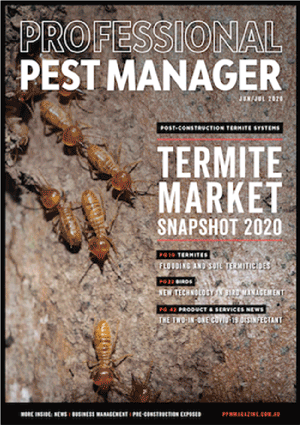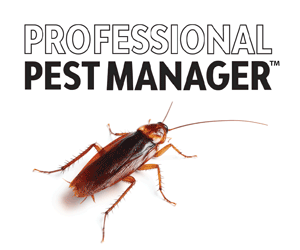An alarming level of insecticides has been detected in UK waterways, with on-pet flea treatments being the most likely source of contamination.
On-pet flea treatments are used by a vast majority of pet owners on their dogs and cats. Recent research from the UK has found that the insecticides from these on-pet treatments are inadvertently finding their way into the environment, being washed into waterways and also incorporated into bird nests!
Fipronil and imidacloprid are still being found in UK surface waters, at levels potentially harmful to aquatic wildlife, despite the fact that the agricultural use of fipronil has been banned since 2017 and agricultural imidacloprid use since 2018. There are also no plant protection products containing these insecticides registered in the UK. This leaves on-pet flea treatments and pest control bait products as the only registered uses of these insecticides.
The UK Water Industry’s Third Chemical Investigation Programme confirmed wastewater as a major entry pathway for these chemicals, although it was unclear how these chemicals were entering the system. With on-pet flea treatments considered the likeliest cause of insecticides entering the water system, scientists carried out a series of trials to see if this was indeed the case.
Studying a cohort of 98 dogs treated with spot-on insecticides, the researchers evaluated the amount of insecticide lost from the pet through bathing, how much was transferred through the washing of pet bedding and how much was lost through the handwashing of owners (having stroked their pets).1 Samples were taken five, 14, and 28 days after treatment.
The insecticides were detected in every analytical sample, irrespective of the source, at all time points. Bathing pets delivered the largest emission per event (up to 16.7% of applied imidacloprid and 24.5% of applied fipronil). However, when using the data to calculate total emissions for each route, handwashing delivers the highest amount of insecticide into the waste water system, as a result of regular owner/pet interactions followed by handwashing. Overall, the researchers calculate that these routes of entry could contribute to between 20-40% of the load detected in waste water.
This study is already having an impact in the UK, with researchers calling for a regulatory review of how these products are used. The British Veterinary Association has issued a policy statement expressing that vets should avoid year-round flea treatments for pets – they should not be used as a preventative treatment, but only used if the pet is at a high risk of a flea infestation or actually has fleas.
In a separate study, researchers evaluated UK bird nests for the presence of insecticides. Many bird species use collected fur to line their nests.2 As the fur from pets and indeed livestock can contain insecticides as a result of flea and tick treatments, bird eggs and young birds could potentially be exposed to insecticides.
The researchers found that all of the 103 bird nests collected contained fipronil and most also contained imidacloprid and permethrin. Overall, the researchers found 17 of the 20 insecticides they screened for, with an average of 6.3 different insecticides found per nest.
Although the study did not measure adult bird health, prior to nest collection and analysis, data had been collected on the number of unhatched eggs and dead offspring. The number of unhatched eggs and dead chicks was correlated with the increasing number of insecticides detected, increasing concentration of total insecticides, and also concentration of the main insecticides – fipronil, imidacloprid and permethrin. Although this was just an initial study in this area and the researchers highlighted the need for more work, it brings into focus the use patterns of on-pet treatments.
This is more than just interesting background information for pest managers; if regulatory bodies review the regulatory status of these on-pet flea products and change their allowed use patterns, it is likely that the number of flea infestations in homes will increase. This may not happen in the near future, but should such a change occur, it is likely that pest managers will see an increased number of calls for flea treatments.
1 Goulson, D. et al. (2025). Down-the-drain pathways for fipronil and imidacloprid applied as spot-on parasiticides to dogs: Estimating aquatic pollution. Science of The Total Environment, 917: 170175. https://doi. org/10.1016/j.scitotenv.2024.170175
2 Goulson, D. et al. (2025). High prevalence of veterinary drugs in bird’s nests. Science of The Total Environment, 964: 178439. https://doi. org/10.1016/j.scitotenv.2025.178439


